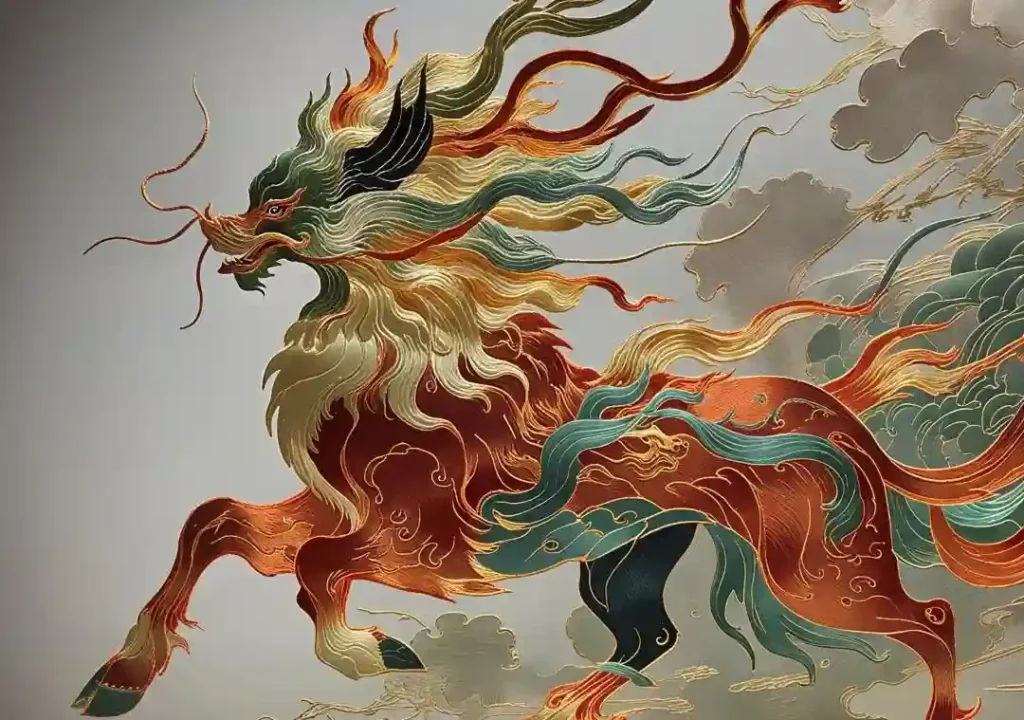![]()
Traditional And Healthy Tea For You

Discover the fascinating history, legends, and cultural significance of the Qilin, a revered mythical creature in Chinese tradition. Perfect for collectors of tea pets and cultural enthusiasts!
The Qilin (麒麟), often dubbed the “Chinese unicorn,” is a legendary creature deeply rooted in Chinese mythology, art, and philosophy. Known for its benevolent nature and auspicious symbolism, the Qilin has captivated imaginations for millennia. For collectors of tea pets, understanding the Qilin’s rich heritage adds deeper meaning to its presence in your home or workspace. In this blog, we explore its origins, legendary tales, and enduring cultural impact—all while optimizing for the keyword “qilin” to enhance your SEO journey.
The Qilin’s origins trace back to ancient Chinese texts, including oracle bone inscriptions from the Shang Dynasty (1600–1046 BCE). Described as a chimera blending features of a dragon, deer, horse, and ox, it embodies harmony between celestial and earthly realms. Its body is adorned with dragon-like scales, a majestic antlered head, hooves of a horse, and a flowing tail reminiscent of an ox.
Confucian classics like The Book of Rites list the Qilin among the “Four Divine Creatures” (alongside the dragon, phoenix, and tortoise), symbolizing peace, prosperity, and moral virtue. Historically, its appearance was believed to herald the reign of a wise ruler or the birth of a sage, such as Confucius. Legend claims that a Qilin appeared before Confucius’ birth, “spitting jade tablets” inscribed with prophecies of his greatness.
The Qilin’s symbolism spans spirituality, culture, and everyday life:
For tea pet enthusiasts, the Qilin is more than a decorative item—it’s a conduit of tradition and positive energy. Crafted from clay or ceramic, these miniature Qilin statues infuse tea rituals with symbolic depth, inviting peace and fortune into daily life.
Pro Tip for Collectors: Pair your Qilin tea pet with flowing water (e.g., a tea tray) to activate its Feng Shui properties, enhancing wealth and harmony.

Purchase any single product
